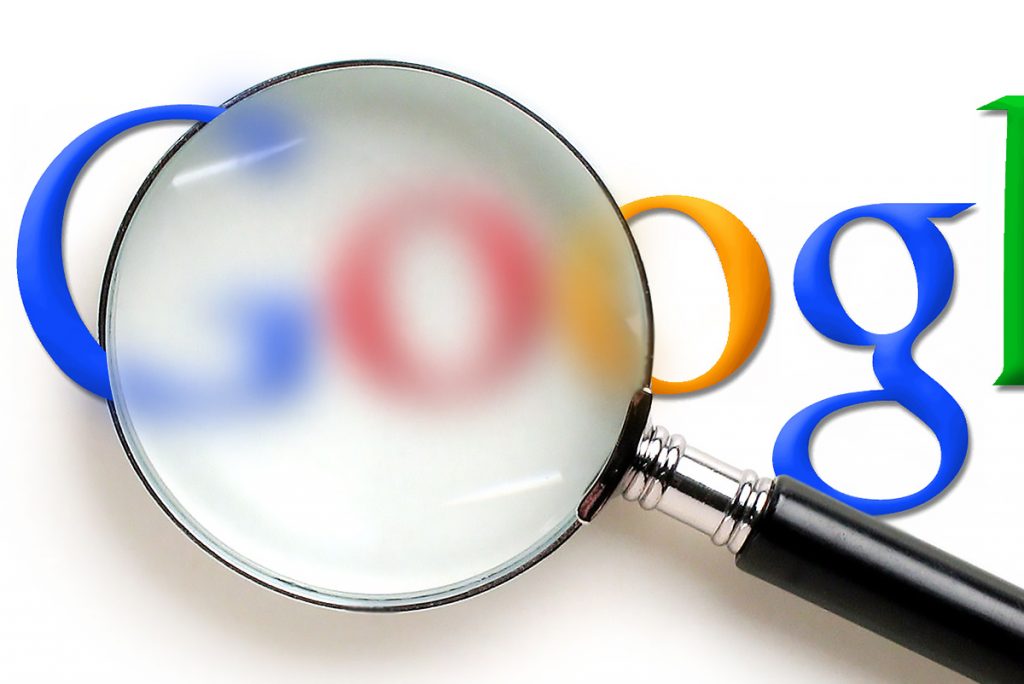 In case you missed it, Google recently changed how it displays its all-important search results page. What does this actually mean for brands that are heavy users of Google’s search offering, asks Alistair Dent.
In case you missed it, Google recently changed how it displays its all-important search results page. What does this actually mean for brands that are heavy users of Google’s search offering, asks Alistair Dent.
 The marketing and advertising valuable traffic and earning Google consumers at the right time in a cost community may have noticed that Google has expanded a long-running experiment on its desktop search results by removing the ads that used to appear on the right hand side of a search page, but adding another ad on top (bringing the total from three to four) they have changed the experience for brands and consumers.
The marketing and advertising valuable traffic and earning Google consumers at the right time in a cost community may have noticed that Google has expanded a long-running experiment on its desktop search results by removing the ads that used to appear on the right hand side of a search page, but adding another ad on top (bringing the total from three to four) they have changed the experience for brands and consumers.
Google’s search results used to be simple: search results down the middle of the page, ads on the right. A few years ago Google tried putting some ads above the search results, and these worked really well for advertisers. Ads in those positions get clicked a higher proportion of the time, driving more more money. But doing so pushes the “natural” search results further down the page.
The recent changes, however, have completely removed the text ads on the right hand side and replaced them with an additional ad at the top. So what does this actually mean?
Fewer total ads on the page (and an increase in the high value, high cost ads at the top) means more competition in Google’s ad auctions. Costs of advertising will increase, but so will the available amount of traffic. It also forces advertisers who previously had good placements in the search results to move towards the paid advertising slots to maintain their traffic volumes.
Companies that rely on Google for traffic will need to very carefully balance their investment in paid advertising against the potentially decreasing amount they will get for free from organic searches, to ensure that they’re reaching the right effective manner.
What does this mean for Google?
Essentially, Google will see fewer total ads appearing on the search results page, but they get paid per click, not per ad shown. Our analysis shows that ads above the search results get clicked 14 times more often than those on the right hand side, so removing those ads but adding one more on the top of the page makes sense. It only appears on what they consider “the most commercial” results, i.e. when they’re confident that users are trying to buy something.
This change only affects desktop and tablet searches, so mobile searches are unaffected. Google has seen desktop costs per click rising very slowly over the last few years, and the increasing shift towards lower cost per click mobile traffic has slowed their revenue growth. This change will ensure that as desktop traffic decreases over time it will continue to provide revenue at a steady rate.
What does this mean for consumers? The most commercial searches now show at best one or two “natural” search results without scrolling down the page. Google say that these changes will improve relevance for consumers, but that’s yet to be determined. Paid placements can be very well targeted for shopping-based searches, where brands are charged for each and every visit and take care to only serve the right results; but ads can be seen as less trustworthy and are often blocked by consumers.
Baidu (China’s largest search engine), for example, already directs users towards paid results by preference, telling them that these companies can be seen as more trustworthy because they’re all vetted and following policies to advertise, whereas the search results are fully automatic and never seen by humans. Any move like that would be a big embarrassment for Google, whose reputation relies on people believing the near-infallibility of their search results. If people start seeing those results less often, will Google lose some consumer trust?
Alistair Dent is head of product strategy, iProspect.
First published in Irish Marketing Journal (February 2016)© to order back issues please call 016611660




















